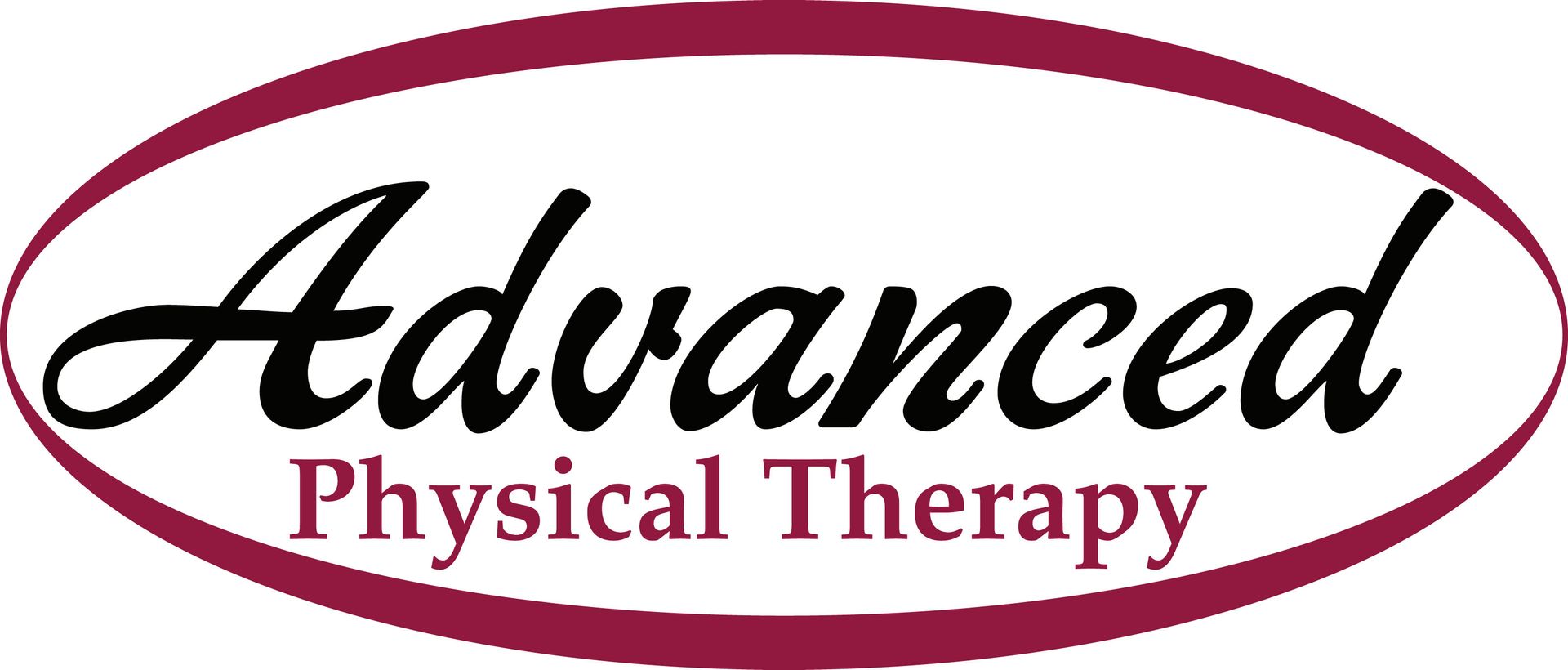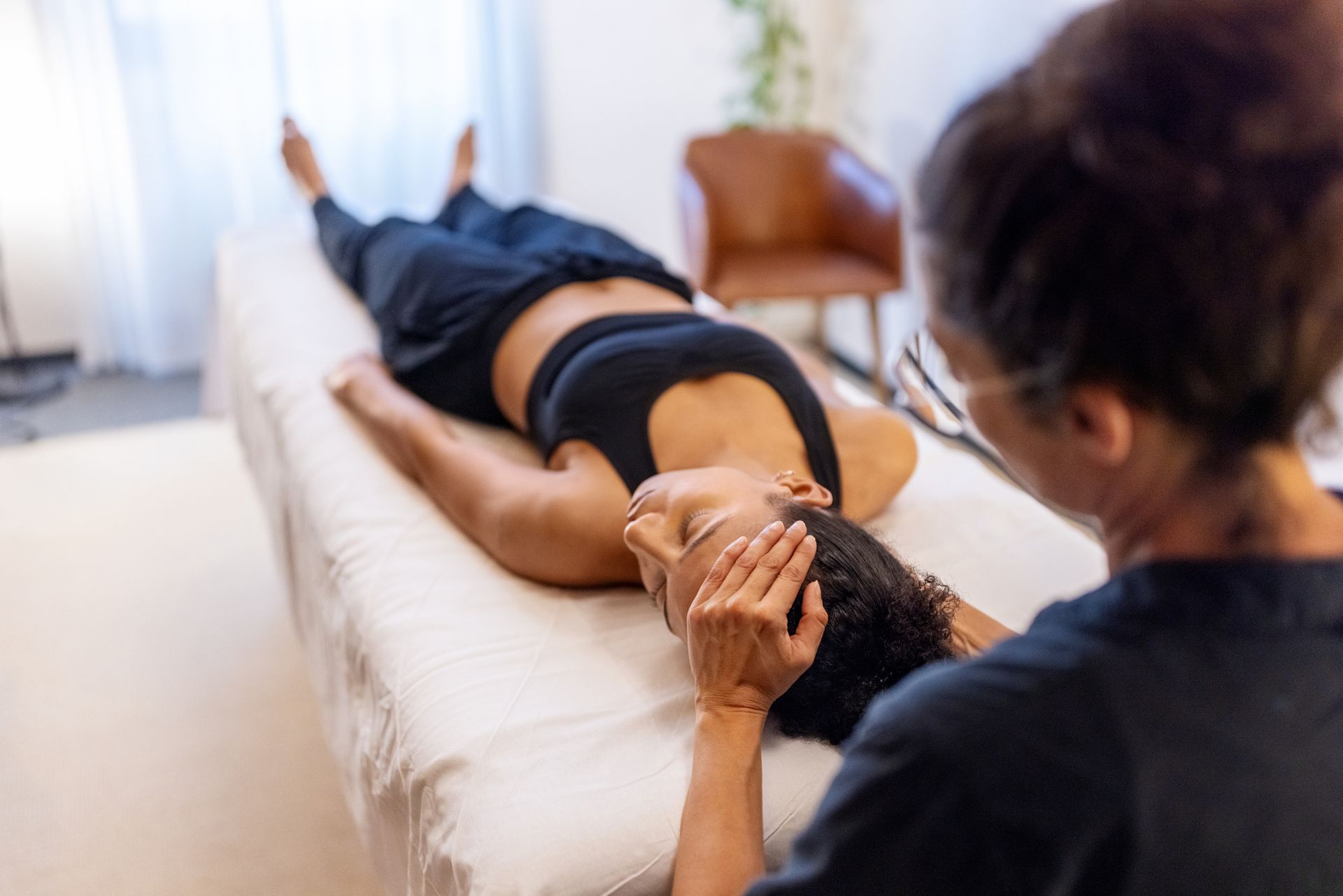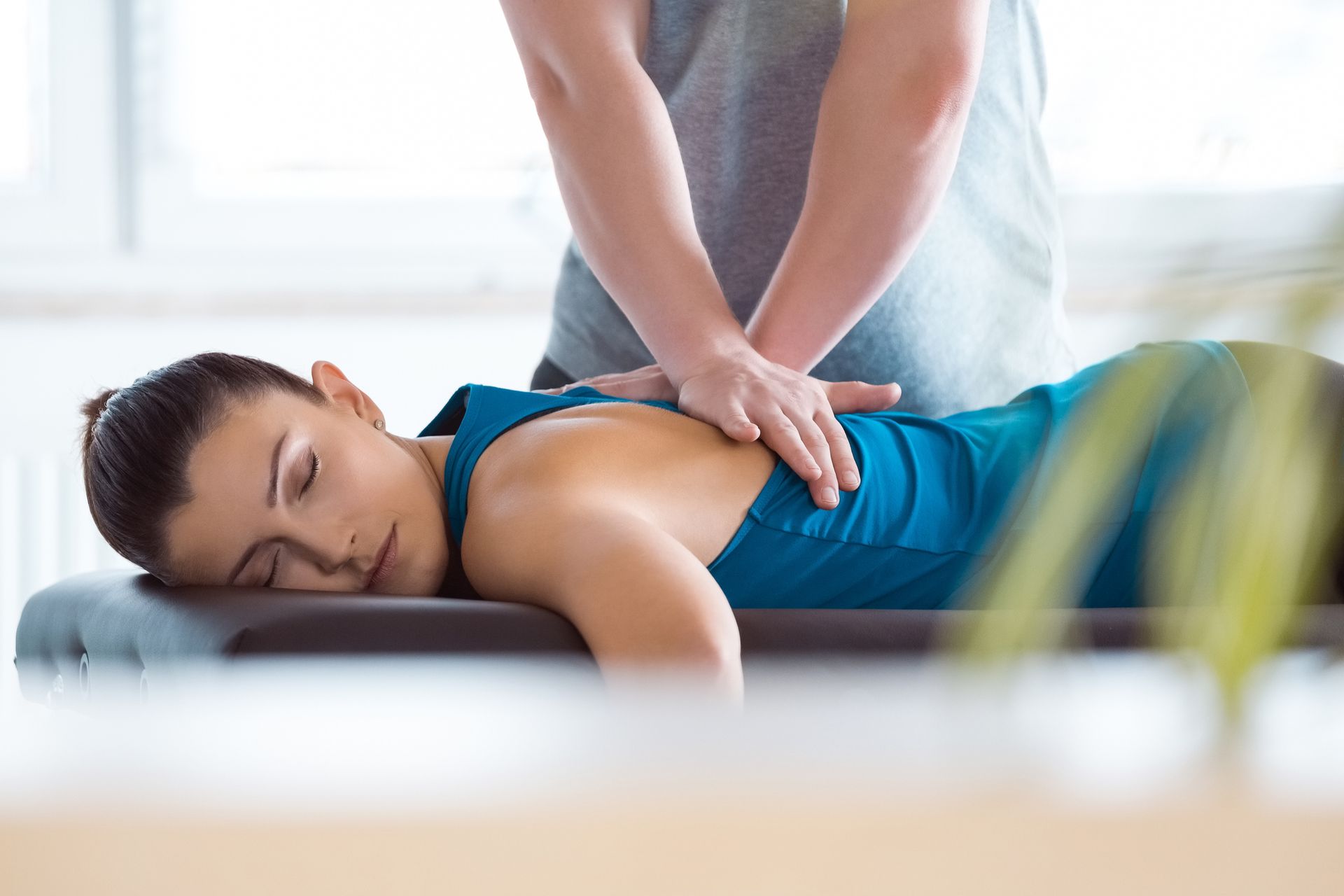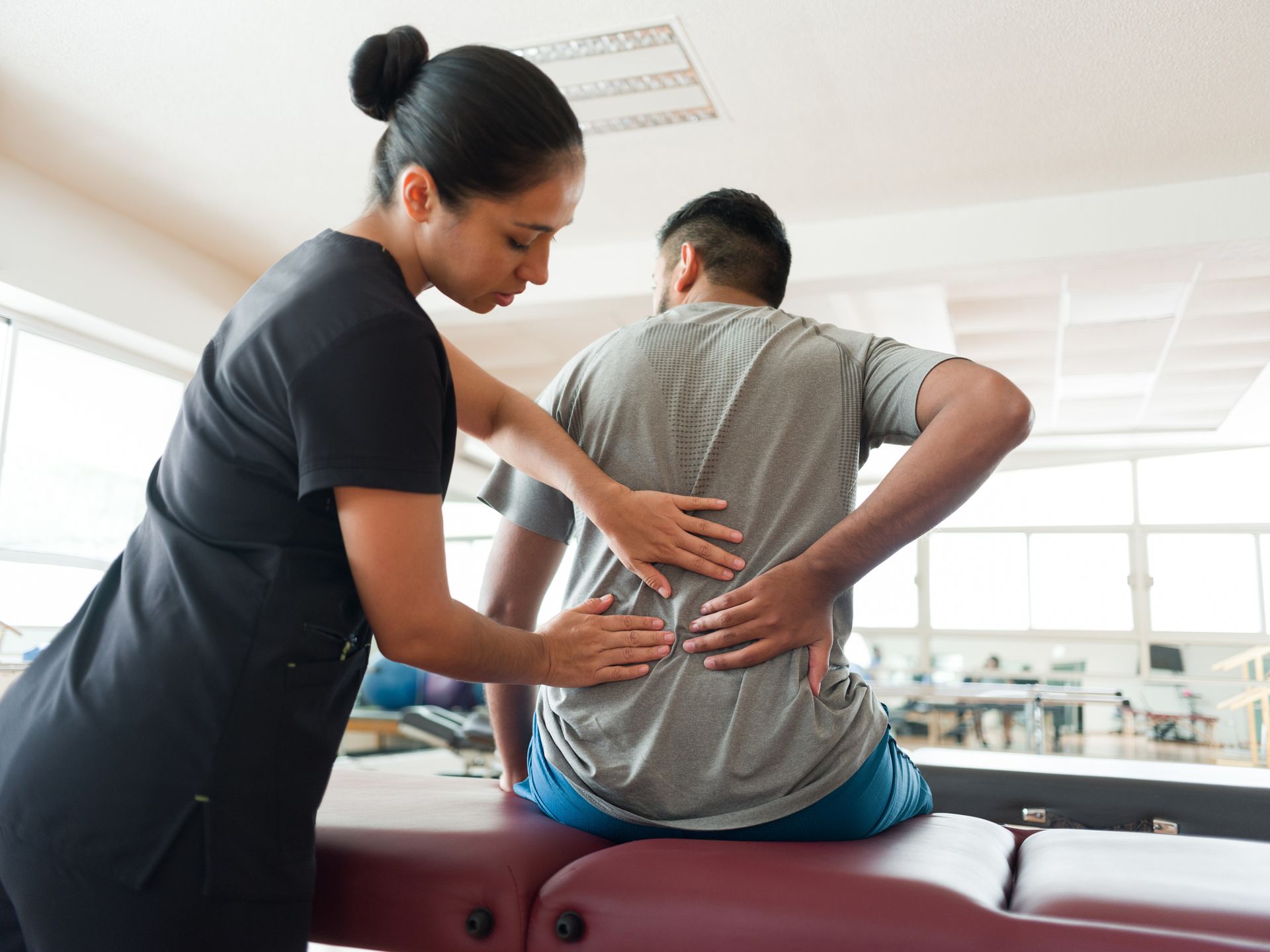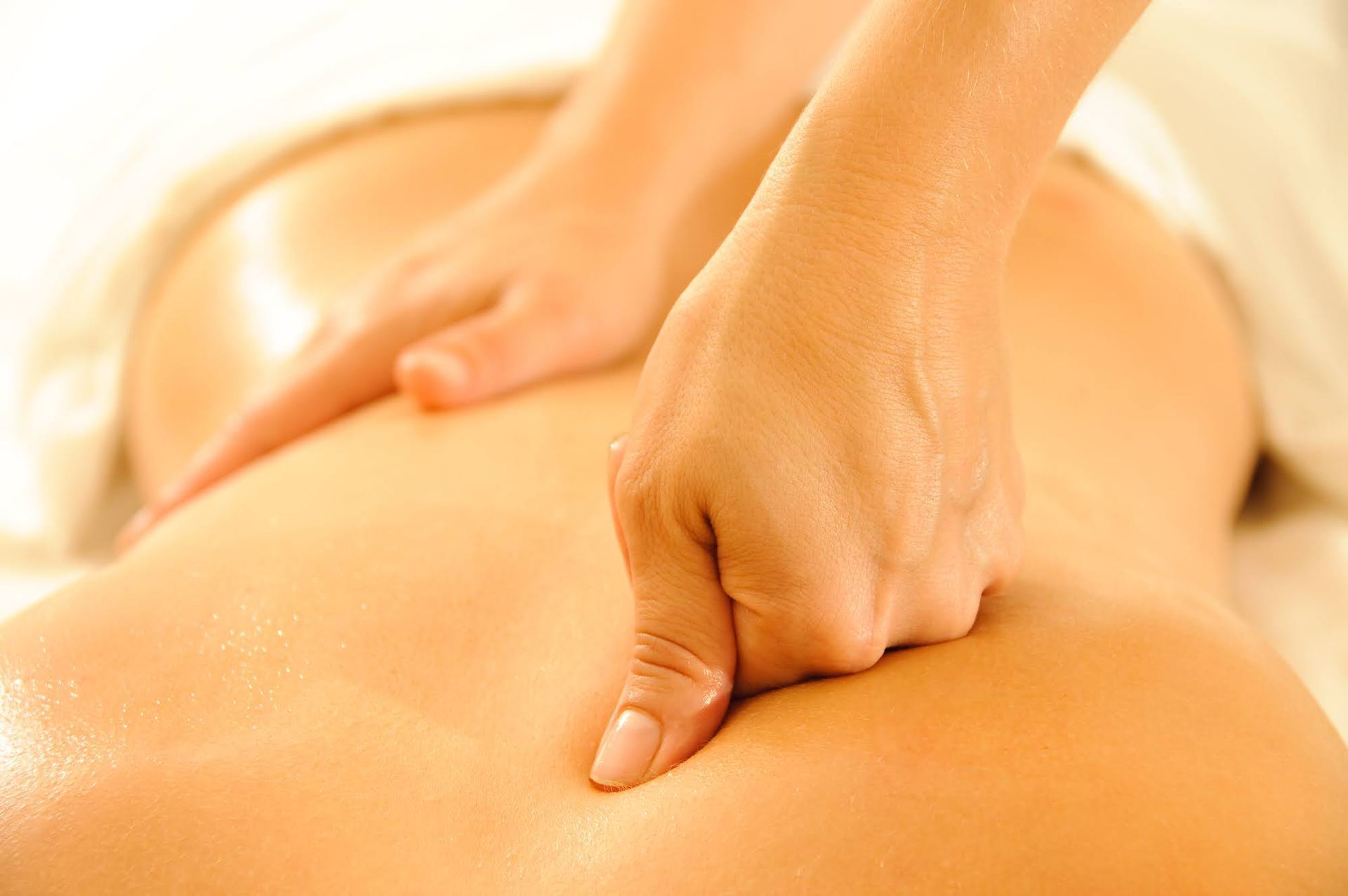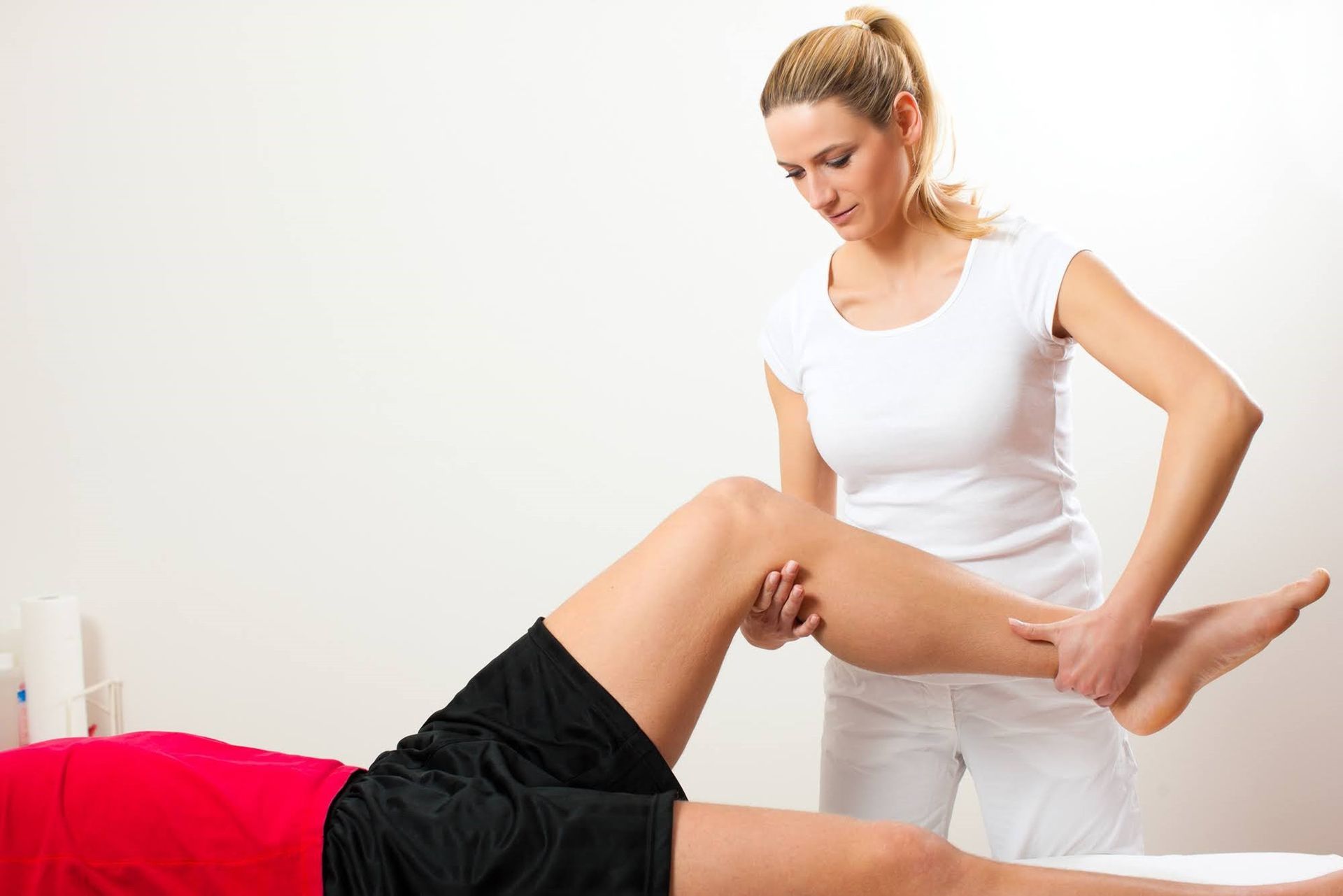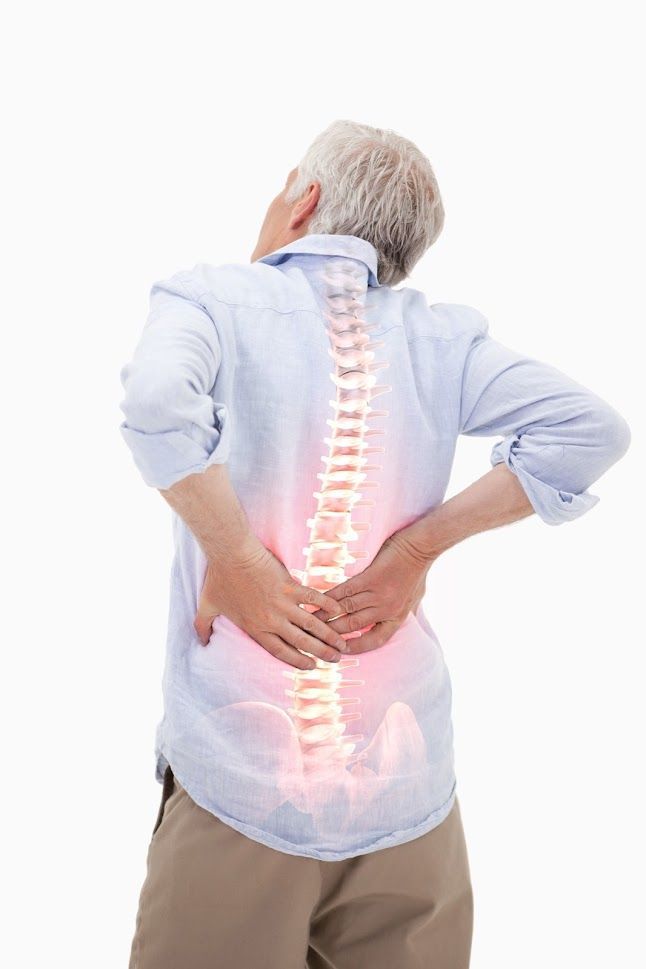Tennis Elbow Does Not Just Affect Tennis Players
Admin • May 31, 2019
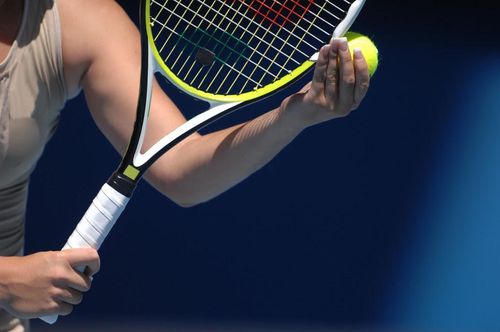
Tennis elbow may seem like a condition that only tennis players need to worry about. Despite what the name would suggest, though, non-tennis players can develop this condition.
Tennis elbow is also commonly seen in golfers, bowlers, and baseball players, along with tradespeople such as carpenters and gardeners; it has been given the pet name carpenter's elbow by some in the carpentry trade.
If you participate in any activities that involve repeated movements with your forearm, you need to be aware of tennis elbow, its symptoms, and how to prevent it.
What Is Tennis Elbow, and What Causes It?
Lateral epicondylitis is the official term for tennis elbow, and it is a swelling and irritation of the tendons that attach to the bone on the outside of your elbow. This swelling develops when you overuse the muscles in your forearm — especially those used to close and turn your wrist. As the muscles fatigue, the tendons are put under excess strain, which causes them to develop micro-tears that lead to swelling and pain.
Any repeated action that involves simultaneously grasping something with your hand and moving your forearm can lead to tennis elbow — painting, hammering nails into a board, using a computer mouse, or swinging a racket.
How Can You Prevent Tennis Elbow?
The best way to avoid tennis elbow is to avoid repeated motions with your forearm. However, that's rarely an option for those whose work requires these movements or for serious athletes. Here are some ways to reduce your risk of tennis elbow without giving up your job or the sport you love.
Warm Up and Stretch
Properly warming up and stretching your muscles prior to forearm-related activities can reduce strain on your tendons.
One good warm-up exercise to try is arm circles. With your feet shoulder-width apart, hold your arms out in front of you, and rotate them from front to back several times. Reverse directions, rotating them back to front. Overhead shoulder stretches and dynamic arm swings also work well.
Use Your Upper Arms
If possible try to use your shoulder and upper arm to make movements, rather than relying just on your forearms. For example, if you are painting, try raising your arm from the shoulder as you bring the roller up the wall, rather than just bending at the elbow. The muscles in your shoulder and upper arm are usually stronger and better able to take the strain.
Wear a Brace
Invest in an elbow brace; they are readily available at most pharmacies, or your physical therapist can provide you with a custom one. Wearing a brace while you engage in repetitive forearm movements will prevent excess strain on the tendons and muscles in this area and will force you to move with proper posture.
What Are the Early Signs of Tennis Elbow?
If you recognize tennis elbow early, you can generally treat it simply by taking some time off, applying ice to the area, and taking anti-inflammatory medications. Common early symptoms of tennis elbow include:
- Stiffness in the elbow when you wake in the morning
- Pain in your elbow that worsens when you grasp an object
- Difficulty grasping items like a hammer or your coffee cup handle
- Persistent soreness in your forearm, just below your elbow
- Trouble turning doorknobs and shaking hands
Your doctor can often diagnose tennis elbow simply by asking you to complete a series of exercises with your hand and forearm. However, sometimes an MRI may be needed to visualize the extent of the damage. In addition to conservative therapies like ice, rest, and pain relievers, they may also send you for physical therapy to strengthen your forearm and help prevent future recurrence of tennis elbow.
Surgery is rarely needed to treat tennis elbow, especially if you recognize the early signs and take time off from the activity that is causing the soreness.
Do you think you might be developing tennis elbow due to repeated motions with your forearm? Contact Advanced Physical Therapy to make an appointment. We offer physical therapy services, bracing, and an array of more advanced treatments to help heal your injury and get you back in the game sooner.

